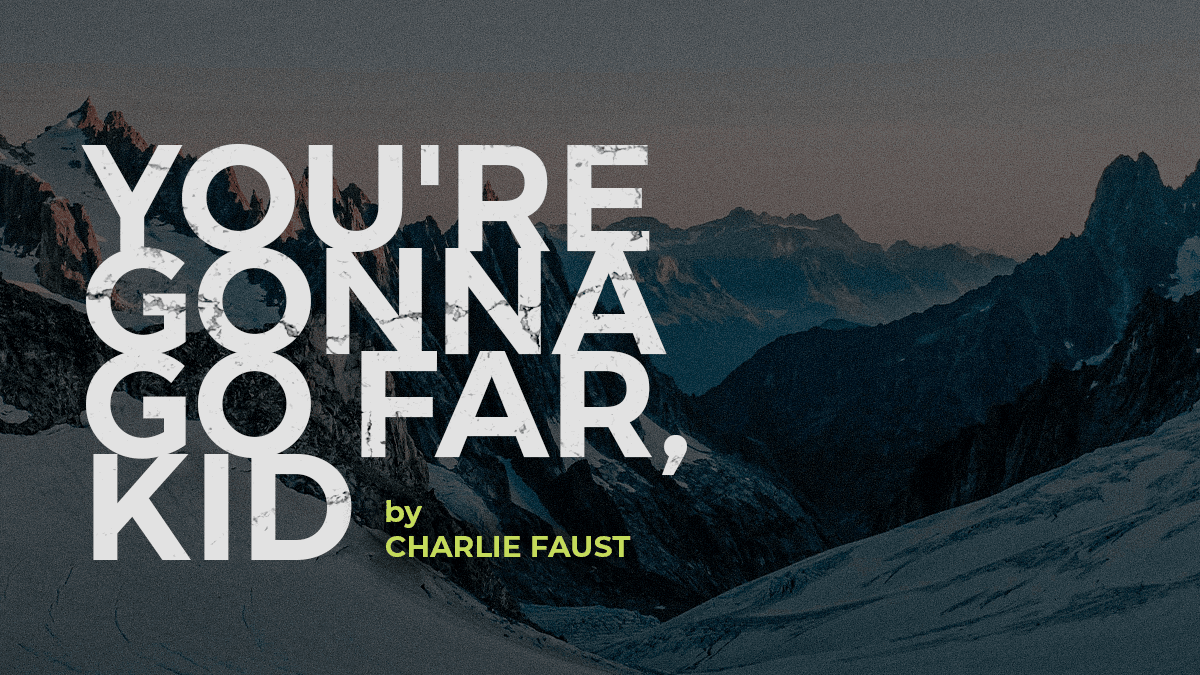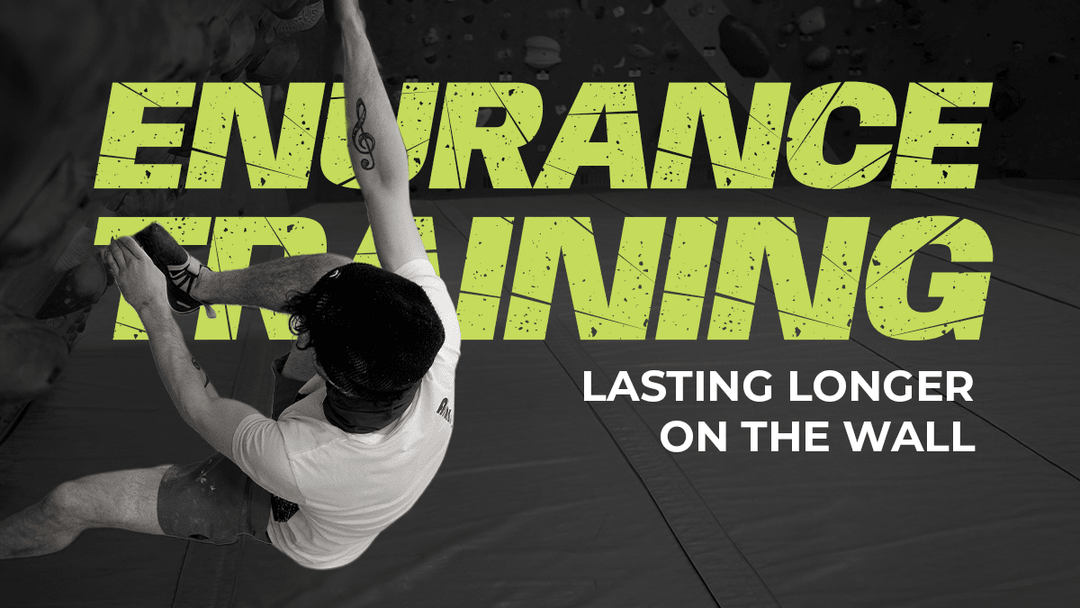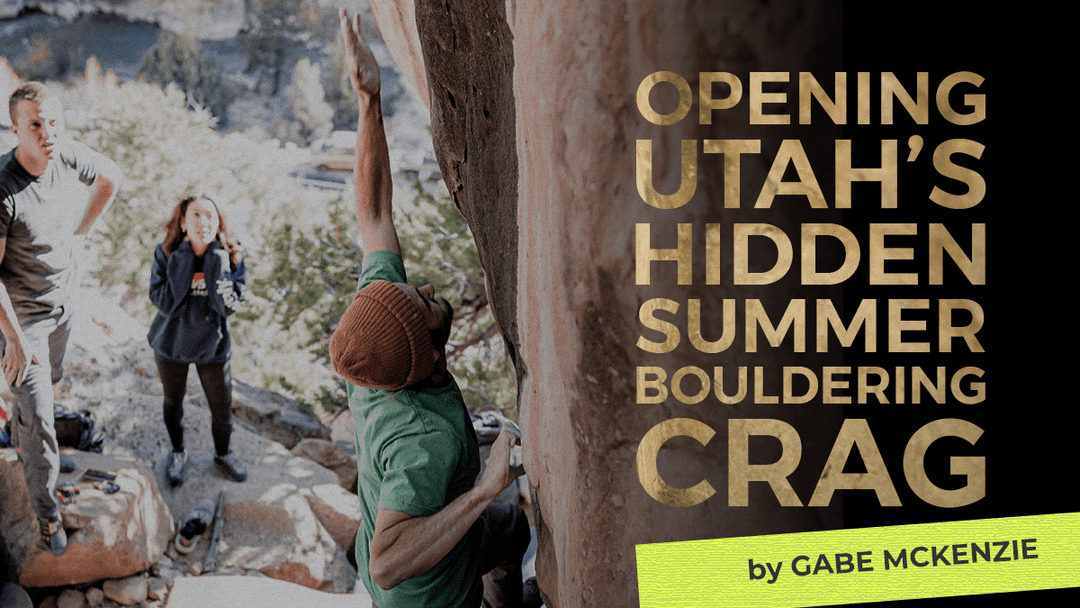You're Gonna Go Far, Kid

by Charlie Faust
Quads burning and my right ankle throbbing from a ski injury eleven weeks prior, I drive my ice tool shafts deeper into the wet snow. I’d started this climb too late in the morning; postholing into the deep, sun-softened snow wasn’t as casual as the firm, easily-climbed terrain an hour earlier. Catching my breath, I scan the face above me. The Aiguille du Midi rises above downtown Chamonix, its lines beckoning new and seasoned climbers alike to navigate the 1,100-meter north face. With only a few days left in my one-month trip and unable to find a partner, I’d decided to solo the face, taking whatever path called out to my soul. Throughout the journey, the incredible quality of climbing was juxtaposed with my distaste for the crowds, commercialization, and mechanization of the Alps. Today I just wanted to be alone with the mountains and work through some personal shit. But here I was, solo on a north face, and the lift taking Frenchie crushers and foreign tourists alike to the summit of the Midi was passing over my head. It was fucking weird, and I hated myself for not picking a face more obscure. But, to be honest, I was scared.

We had been in a multi-week storm cycle of one to three days of snow, followed by one to three days of sun, and then repeat. That meant bigger lines were shedding snow. I justified trying this face because, on the approach, avalanche debris lined the entire bottom of the massif. I told myself that everything had already slid, even though I knew deep down that didn’t mean anything. I thought I didn’t care anyhow. A couple of years prior had been dark, and I ended the fall rock season with a spicy concoction of anger, injuries, and a handful of close calls that I’d survived. Instead of scaring me, these experiences instilled a narcissistic invincibility complex. If you weren’t climbing something dangerous or if you cared whether you lived or died, you’re a pussy and don’t deserve glory. In reality, I was damaged, and I was coping by pushing as close to my limits as I dared on terrain that you couldn’t mess up on. When redlined physically, instead of downclimbing, I’d tap into some self-hatred, call to my belayer, “I’m going for it!” and scream my way to oblivion or salvation. So far, I’ve only found the temporary latter.

After the break, I waded up another few meters of snow to the base of a rock face. What had appeared to be an ice runnel through the corner system from below was unconsolidated snow ice, and my ice tools couldn’t find secure purchase. My dull crampon points cast sparks, scraping for purchase on tiny granite crystals. Zac de la Rocha screamed in my headphones, “HEY, HEY, Sleep now in the fire! HEY, HEY, Sleep now in the fire!” Reaching high to a pick torque, I pulled through onto more secure terrain, tasting the distinct acridity of fear, sweat wafting from underneath my hardshell. A hanging snow slope stretched above, upon whose termination I’d need to decide where to climb. The classic Mallory Porter route was to my right somewhere, and I knew I could probably rappel in that direction if I needed to bail.
A soft voice whispered in my ear as I slog again in wet snow. “You should probably move a few meters to the right. I bet the snow will be better.” Stepping carefully, I traversed five meters to the right, closer to where the snow bordered a small rock outcrop. Continuing up, head down, a batch of snowballs hit me in the helmet and legs. Looking up, I saw it. A wet-loose avalanche, not big and roaring, but a sluff large enough to pull me off into hell, was coming down the snowfield, released by the rising heat of the early afternoon sun. Time slowed. Pupils dilated. My throat closed, and my lungs seized. Plunging my tool shafts into the snow, I stomped my feet firmly and lay against the slope, wondering how quickly the multiple hundred-meter fall would kill me. Would I be knocked unconscious after the first cliff? Would I feel each bone crack as I cartwheeled down, left broken at the bottom until I faded away? Is the lift passing overhead right now, giving the tourists a front-row ticket to yet another Chamonix climbing fatality? I wondered what my friends and family would think, face buried in the snow. I waited what seemed like minutes, but it was only a few seconds. Nothing. Heart pounding, I looked around. The sluff had passed a few meters to my left, where I’d been minutes earlier. Breakfast reappeared, and I vomited into the snow. Riding the adrenaline rush, I ran twenty meters higher to a rock ledge, traversed it, took out my rope, hammered in a few nuts, and began rappelling towards the Mallory Porter. Postholing back to the midway lift station, I knew my Chamonix trip was over. Back in town, I threw my pack on the apartment floor and left for the bar. I drank for a few days and flew home to Colorado. I wouldn’t touch my ice tools for the next seven months.
Looking back, this was probably the best thing that could have happened. Almost dying alone on that face saved me. It woke me up. I did care whether I lived or died. It killed the hubris; I had much to learn if I wanted to be an alpinist.
Most importantly, it kick-started a focused journey of healing that’s brought me to where I am today. Decisions are more calculated, training is more concentrated, and my experiences since have brought more joy and close friendships than I could have ever hoped for. Yeah, I’ve had more close calls. I’ve lost more friends. There are still dark times. But the darkness no longer controls me. I climb for the right reasons–my reasons. I’m still proud of the things I accomplished during that time. There were some bold climbs. But I’m lucky to have survived, and while everyone needs a bit of luck in this sport, luck now plays a far less significant role in my survival and success. The mountains give me life, and if they ever take it away, my friends and family can hopefully rest knowing that I packed my bag that morning, making the best, most calculated decisions I could to bring myself and my partner home.




